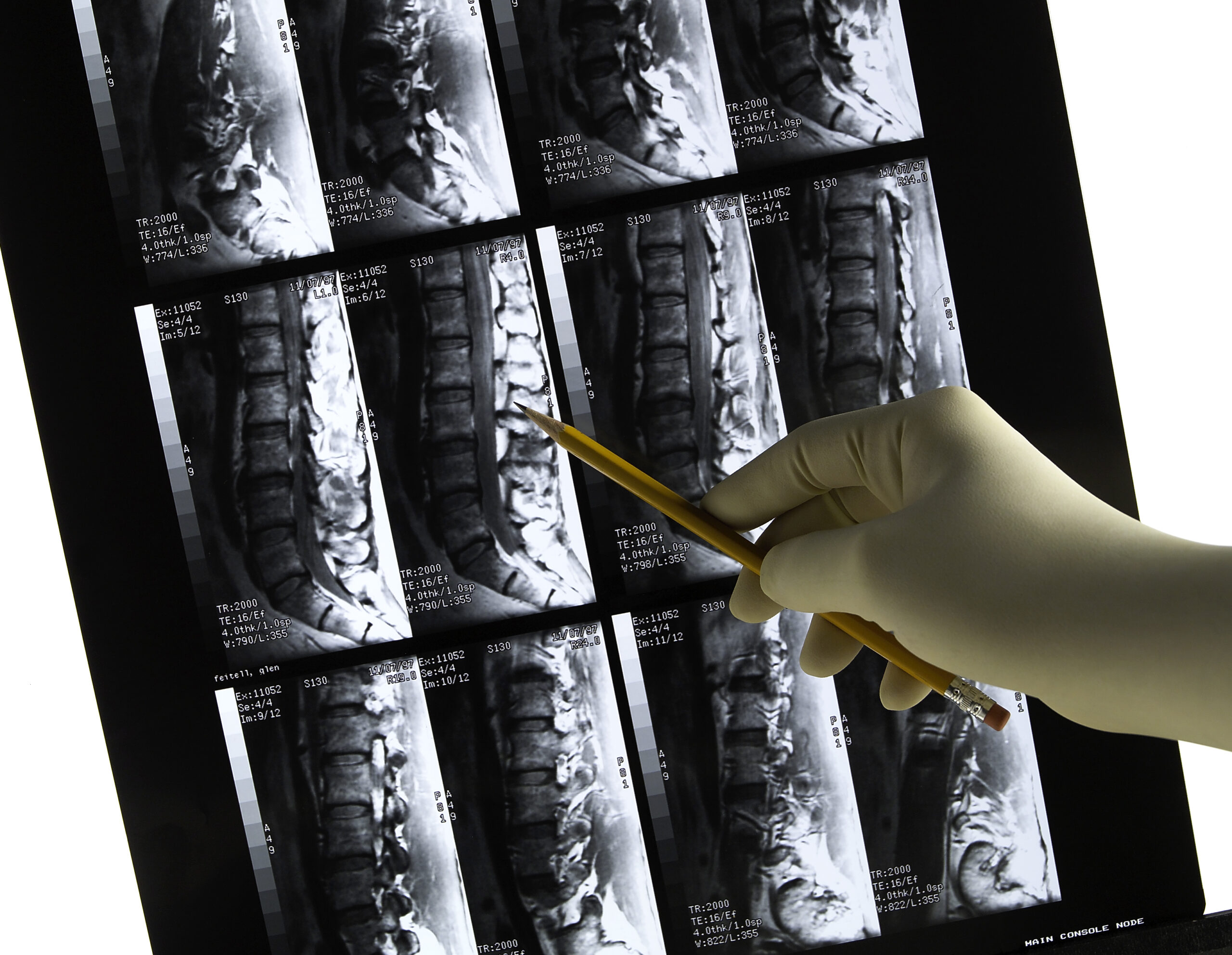Manipulation under anesthesia (MUA) was originally practiced by orthopedic and osteopathic physicians for the management of spinal pain since the 1930s. Today, the practice is currently acceptable for management of several other conditions including: arthrofibrosis, reduction of fractures, contractures and pain management of musculoskeletal conditions. This article will briefly discuss the indications, relevant physiology, risks, benefits, and steps of MUA for the management of several musculoskeletal conditions.
The practice of MUA requires an understanding of the effects of anesthesia on neuro-musculoskeletal innervation, signal transduction, and tissue manipulation. Systemic anesthesia will impair the protective innate tissue reflexes that exist in muscle tissue as well as attenuate the transduction of pain signals centrally. After administration of a sufficient dose of anesthesia to cause either full or conscious sedation, the practitioner can begin to engage in anatomical range of motion of the area of interest. This can also occur intra-operatively. Anesthesia will allow for the reduction of innate muscle stretch reflexes and signal transduction of pain.
Manipulation treatments can include progressive stretch, high-velocity thrust, local deep tissue injections as well as aiding in positioning for targeted injection therapy. Often a single treatment session is needed. Benefits such as range of motion improvement and pain reduction can be seen immediately. Risks associated with this procedure include those associated with anesthetic administration as well as those carried by specific manipulation treatments.
Certain indications for MUA include pain in a restricted joint that is unresponsive to conservative care. One example of this is Adhesive Capsulitis (commonly referred to as Frozen Shoulder). This is as omni-directional pain and range of motion reduction of the shoulder after injury, metabolic and endocrine insults, or prolonged subluxation after conferring local tissue structural changes. MUA can be trialed after the patient has tried other conservative and interventional measures. MUA can aid in reducing tissue fibrosis and improving range of motion with attention paid to patient comfort.
MUA can also be offered for the reduction of fractures. Long bone fractures often require manipulation of the fractured bone under anesthesia to optimal healing position before fixation. In some cases, manipulation of the broken limb into optimal placement followed by casting is sufficient alone. It is important to note that there is less evidence to support the use of MUA for acute and chronic axial pain conditions.
Contracture of an extremity can be seen after prolonged range of motion restriction of an affected extremity either from neurological or traumatic causes. Less commonly, it can be seen post arthroplasty. One cause of contracture is Heterotopic Ossification and this is seen after significant neurological or skin trauma. Findings will typically include range of motion restriction, pain with use, decreased outcomes with post-illness rehabilitation, and serum biomarker elevation of bone metabolic activity. The most common joints affected are the hip, shoulder, and elbow. MUA can allow for a more aggressive range of motion therapy, which will aid in breaking up contracted elements.
In conclusion, MUA is a long-standing treatment plan for the management of musculoskeletal pain conditions. It involves the use of anesthesia to reduce innate neuro-musculoskeletal reflexes as well as patient discomfort for the management of range of motion restriction, fracture, and positioning of limbs for interventional treatment. Risks associated with treatment include those associated with anesthesia as well as specific manipulations and interventions. It is essential to weigh the risks and benefits of treatment and pursue more conservative treatments if available.
References
1. American Chiropractic Association. Spinal manipulation policy statement. Updated 2003. Accessed October 3, 2019: http://www.acatoday.org/SearchResults?Search=Spinal+manipulation+policy+statement
2. American Association of Manipulation Under Anesthesia Providers. Guidelines for the practice and performance of manipulation under anesthesia. Feb 3, 2014. Chiropr Man Therap. 2014; 22: 7.
3. Antuna SA, Morrey BF, Adams RA, O’Driscoll SW. Ulnohumeral arthroplasty for primary degenerative
arthritis of the elbow: long-term outcome and complications. J Bone Joint Surg Am. 2002Dec: 84-A(12):2168-73.
4. Araghi A, Celli A, Adams R, Morrey B. The outcome of examination (manipulation) under anesthesia on the stiff elbow after surgical contracture release. Shoulder Elbow Surg. 2010 Mar;19(2):202-8.
5. Assendelft WJJ, Morton SC, Yu EI, Suttorp MJ, Shekelle PG. Spinal manipulative therapy for low-back pain. The Cochrane Database of Systematic Reviews 2005 Issue 4. In: The Cochrane Library, Issue 4, 2005.
6. Chao EK, Chen AC, Lee MS, Ueng SW. Surgical approaches for nonneurogenic elbow heterotopic ossification with ulnar neuropathy. J Trauma. 2002 Nov;53(5):928-33.
7. Charalambous CP, Morrey BF. Posttraumatic elbow stiffness. J Bone Joint Surg Am. 2012 Aug 1;94(15):1428-37.
8. Cremata E, Collins S, Clauson W, Solinger AB, Roberts ES. Manipulation under anesthesia: a report of four cases. J Manipulative Physiol Ther. 2005 Sep;28(7):526-33.
